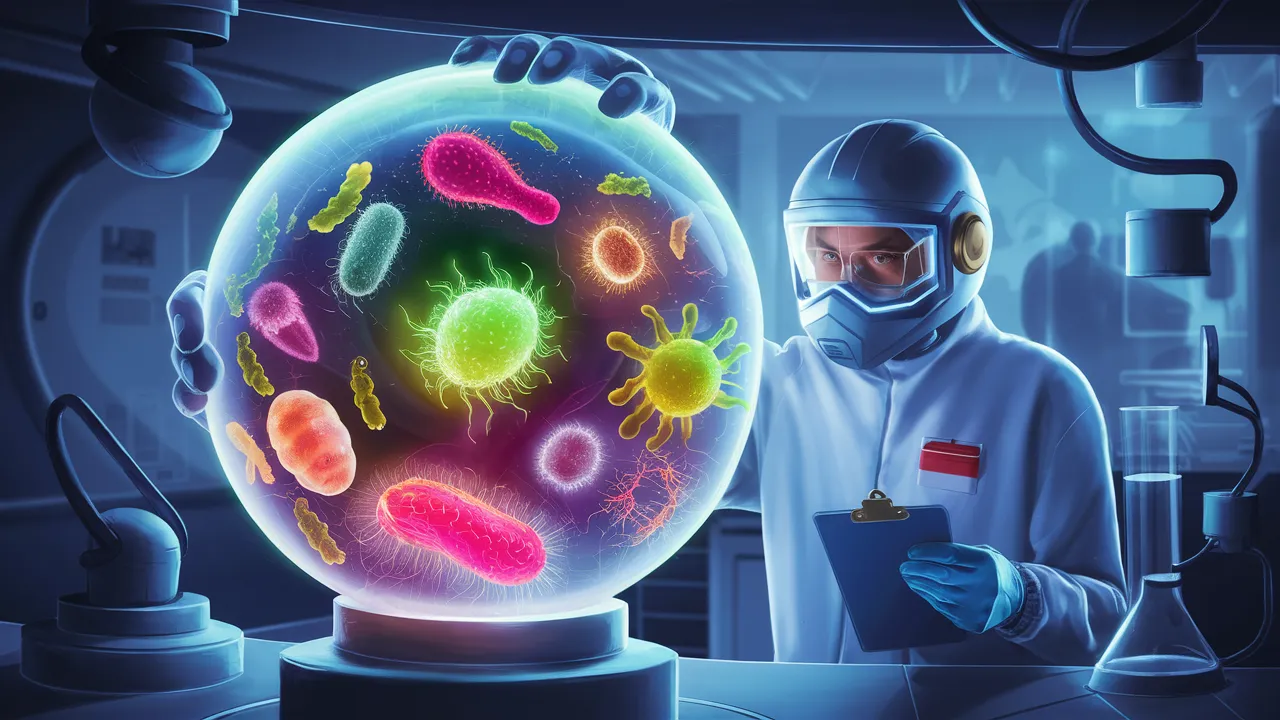Bio balls, small hollow plastic spheres, play a crucial role in maintaining the health and balance of aquarium ecosystems. These unassuming yet powerful filtration media are widely used by freshwater and saltwater aquarium enthusiasts to promote beneficial bacterial growth and improve water quality. In this comprehensive guide, Betta Fish Tips will explore the diverse purposes and benefits of incorporating bio balls into your aquarium setup.

Understanding the Purpose of Bio Balls
Bio balls are designed to provide a large surface area for the colonization of nitrifying bacteria, which are responsible for breaking down harmful ammonia and nitrites in the water. By increasing the available surface area, bio balls create an optimal environment for these beneficial bacteria to thrive, effectively transforming your aquarium into a self-sustaining ecosystem.
Biological Filtration
The primary function of bio balls is to serve as a biological filtration medium. As water flows through the aquarium, it passes over the porous surface of the bio balls, allowing the nitrifying bacteria to perform their essential task of converting ammonia into less toxic nitrites and then into nitrates. This process is crucial in maintaining water quality and preventing the buildup of harmful substances that can be detrimental to your aquatic life.
Mechanical Filtration
In addition to their biological filtration capabilities, bio balls also contribute to mechanical filtration. The small pores and cavities within the balls can trap larger debris, such as uneaten food, plant matter, and waste products, preventing them from circulating in the water and potentially harming your fish or aquatic plants.
Increased Oxygen Levels
The unique design of bio balls, with their hollow and porous structure, can also improve oxygen levels in the aquarium. As water flows through the bio balls, it becomes aerated, increasing the dissolved oxygen content. This extra oxygen is essential for the growth and health of your aquatic inhabitants, as well as the nitrifying bacteria that rely on it to thrive.
Choosing the Right Bio Balls for Your Aquarium
When selecting bio balls for your aquarium, it’s important to consider the size and shape of the media, as well as the specific needs of your aquatic ecosystem. Larger bio balls may provide more surface area for bacterial growth, but they can also create flow restrictions in smaller aquariums. Conversely, smaller bio balls may be more suitable for compact setups but may have a lower total surface area.
It’s also important to choose bio balls made from high-quality, durable materials that can withstand the aquarium environment without leaching harmful chemicals or breaking down over time. Many aquarium manufacturers offer a variety of bio ball options, so it’s a good idea to research and compare different products to find the best fit for your needs.
Incorporating Bio Balls into Your Aquarium Maintenance Routine
Integrating bio balls into your aquarium maintenance routine is a straightforward process. They are typically placed in the mechanical or biological filtration section of your aquarium’s filter system, where they can effectively capture debris and support the growth of beneficial bacteria.
Regular maintenance, such as rinsing the bio balls to remove accumulated debris, is essential to ensure their continued effectiveness. It’s also important to monitor the overall water quality and adjust the filtration system as needed to maintain a healthy, balanced aquarium ecosystem.
How Often Should I Replace Bio Balls In My Aquarium Setup?
The frequency for replacing bio balls in an aquarium setup can vary depending on a few factors:
- Aquarium size: Larger aquariums generally require less frequent replacement compared to smaller ones.
- Bioload: Aquariums with a higher fish/animal load will require more frequent replacement as the bio balls need to process more waste.
- Maintenance schedule: If the aquarium is cleaned and maintained regularly, the bio balls may not need replacement as often.
As a general guideline:
- For lightly stocked aquariums (e.g. under 20 gallons), replace the bio balls every 12-18 months.
- For moderately stocked aquariums (20-50 gallons), replace the bio balls every 9-12 months.
- For heavily stocked aquariums (over 50 gallons), replace the bio balls every 6-9 months.
The key is to monitor the condition of the bio balls and replace them when they start to deteriorate or become clogged with debris. Signs it’s time to replace them include:
- Visible slime or bacterial buildup
- Reduced water flow through the bio balls
- Increased ammonia or nitrite levels in the aquarium
Gradually replacing a portion of the bio balls at a time, rather than all at once, can help maintain the established bacterial colony. This ensures the biological filtration is not disrupted.
Conclution
Bio balls are an invaluable tool in the aquarium enthusiast’s arsenal, offering a versatile and efficient solution for promoting biological filtration, improving water quality, and supporting the overall health of your aquatic inhabitants. By understanding the purpose and benefits of bio balls, you can optimize your aquarium’s filtration system and create a thriving, self-sustaining underwater oasis.

Bài viết liên quan
What is Aquarium Bio Media?
Aquarium bio media, also known as filter media, is a crucial component in maintaining a [...]
Jul
Setting Up The Perfect Betta Sorority Tank
Betta fish, with their striking appearance and captivating personalities, have long been a beloved addition [...]
Jul
What Kind Of Water For Fish Tank?
When it comes to keeping fish healthy and thriving in an aquarium, the quality of [...]
Jul